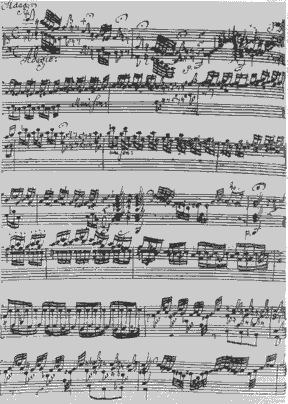
Smith, who mime to the prerecorded tracks by Stokowski and the Philadelphia Orchestra. The animation segues back into the live-action footage of Stokowski as the piece concludes, setting the precedent for the rest of the musical numbers.Īlthough the Philadelphia Orchestra recorded the music for the film (excepting The Sorcerer's Apprentice), they do not appear onscreen the orchestra used onscreen in the film is made up of local Los Angeles musicians and Disney studio employees like James Macdonald and Paul J. Toccata and Fugue was inspired primarily by the work of German abstract animator Oskar Fischinger, who worked for a brief time on this segment. The number segues into an abstract animation piece-a first for the Disney studio-set in time to the music. The first few parts of the piece are played in each of the three sound channels (first the right, then the left, then the middle, then all of them) as a demonstration of Fantasound. The first third of the Toccata and Fugue is in live-action, and features an orchestra playing the piece, illuminated by abstract light patterns set in time to the music and backed by stylized (and superimposed) shadows. Stokowski appears and begins conducting the first strains of his own orchestration of the Toccata and Fugue in D Minor, by Johann Sebastian Bach (originally written for solo organ). Master of ceremonies Deems Taylor arrives and delivers an introduction to the film. Musicians are seen ascending the stand, taking their places, and tuning their instruments.


Johann Sebastian Bach's Toccata and Fugue in D Minor is the first segment of the film, Fantasia.įantasia begins immediately (there are no opening credits or logos of any sort) with the curtains being opened to reveal an orchestra stand. What we call, absolute music, even the title has no meaning beyond a description of the form of the music.” ― Deems Taylor “ Now the number that opens our Fantasia program, the Toccata and Fuge is music of this third kind.


 0 kommentar(er)
0 kommentar(er)
